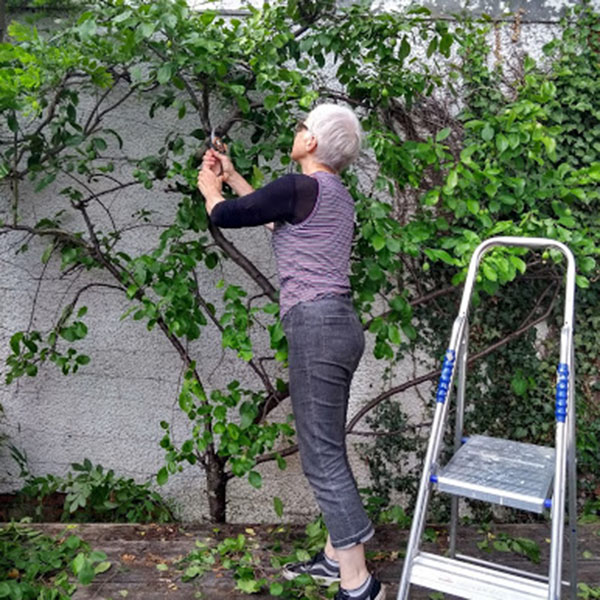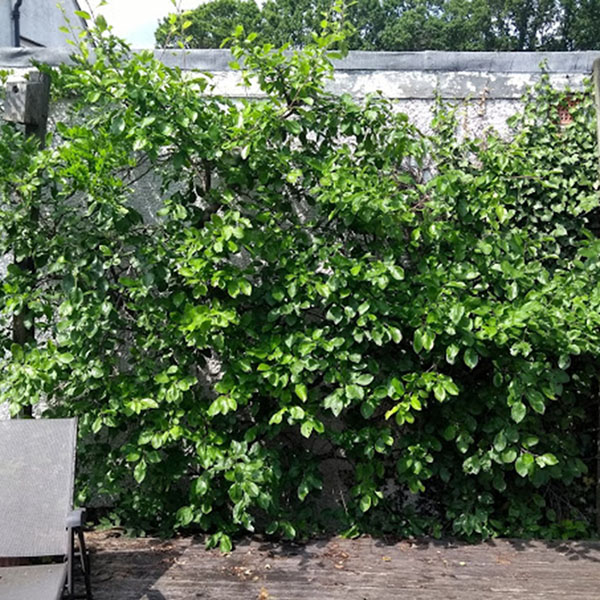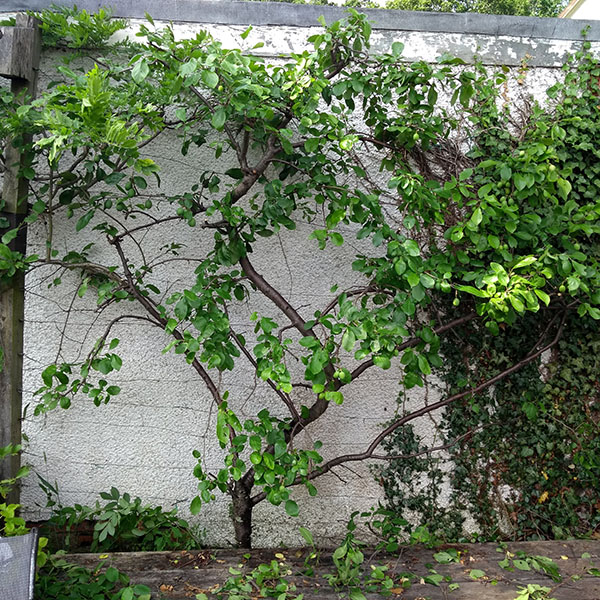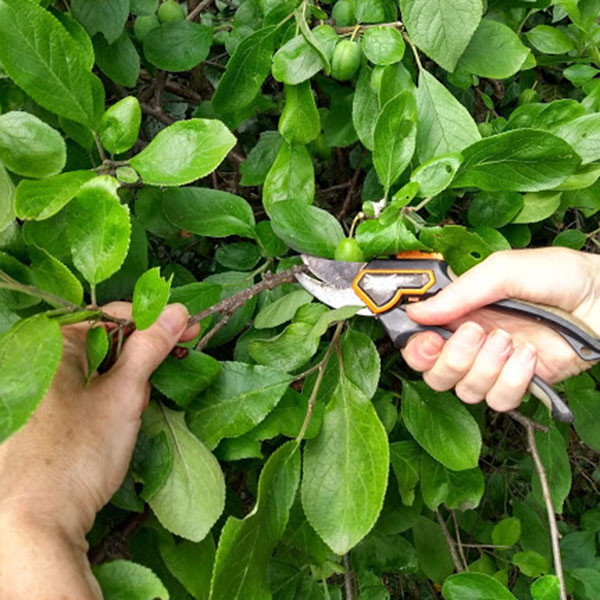
Oh I do love a home grown plum. It’s the succulent taste of sun ripened garden fresh fruit dancing on my tongue that thrills me. Sharp sweet lusciousness. 😀
That’s why it beats anything you will ever get from the supermarket. Seasonal, local and the best for taste every time.
Which is why like any plant that we grow in our garden, look after it well and it will reward you in kind.
Looking after plants and the resultant rewards came into conversation over lunch whilst visiting to my lovely friend Kellie Anderson (https://kelliesfoodtoglow.com/) recently in July. In this case, her rather unruly plum tree became the topic of conversation. This plum tree she explained was “a little overgrown” and therefore could I advise her on how and when to cut it back.

In answer to her question and July being an ideal time to prune your plums, I thought ‘carpe diem’ and out came the secateurs and off we trouped to the garden. The resulting little video shows the fun we had taming the plum tree. I hope you find it helpful and enjoy our afternoons endeavours. Let me know what you think. Oh and enjoy those tasty plums.
Watch my video here:
Here are some pointers to bear in mind when Pruning Plums;
- As a rule prune plums between June and August. This is because between September and May there is risk of Silver Leaf spores infecting wounds.
- Also shape the tree so that you can reach the fruit. There’s not much to be gained from having a magnificent crop tantalising you metres out of reach, the wasps burrow into them, then rotting on the ground when they finally drop.
- Thin the crop in July after its natural drop in June to around one fruit every 5-10 cm. That way you will get nice big juicy plums rather than lots of small less flavourful fruit.
- Thinning the crop also helps guard against branches breaking from the weight of too much fruit.
- With a stand-alone tree think about keeping an open system of branches, letting air circulate freely and avoiding branches crossing and damaging each other.
- With a plum grown against a wall, you should have support in place to help bear the load of all those juicy fruit. Much as it may feel like this is a restricted way of growing your plum tree, warmth, shelter and support allow for heavier cropping on the branches. Pruning therefore focuses on leading branches along supports. This is usually fan shaped or laterally and then pruning back side shoots. It could also be an opportunity to connect with your creative side. For instance shaping the support and branches in a way that makes you smile or reflects your garden’s style.


